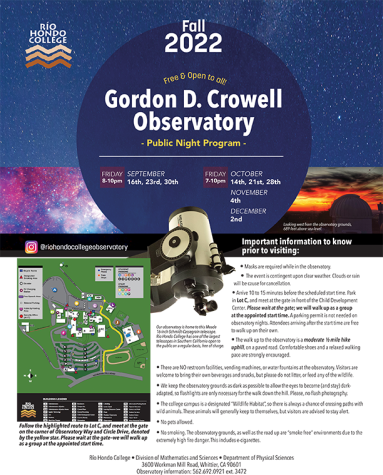Artificial Womb Successful For Sheep And Perhaps Humans
Researchers at the Children’s Hospital of Philadelphia successfully develop an artificial womb in hopes to one day treat premature human births.
The Biobag is a closed-fluid system which circulates necessary nutritions through the umbilical cord in a polyethylene bag. In other words, it looks like tubes coming in and out of a large plastic sandwich bag filled with water and a fetal lamb inside. By designing the Biobag, researchers look to help premature babies immediately go into the artificial womb after birth.
Premature babies are often delivered by C-section. As soon as a baby leaves the mother’s body their lungs inflate and the baby takes their first breaths. Inside of the womb, the baby gets oxygen through the umbilical cord. After birth, the umbilical cord is cut and clamped. In the case of a premature birth the child is put inside of an incubator to stay alive. The infant then spends weeks or even longer in the neonatal intensive care unit trying to survive.
With the Biobag, doctors would first begin a C-section with a small incision to give the premature fetus a dose of a narcotic. Doctors would then connect the Biobag’s tubes to the veins in the umbilical cord. Once blood starts to properly flow through the system, the baby would be removed from the womb and then placed inside the Biobag.
According to the study in Philadelphia, the animals inside of the Biobag were able to experience a comfortable and non-stressed time inside the artificial womb. The lambs were able to breathe, swallow, move, and most importantly, grow. The lambs even gained a significant amount of weight and grew wool.
There is the fact that lambs and babies are not entirely the same. Even if the lamb’s brains and other organs looked healthy, there are the limits on how to later measure those brain and body functions in development. Most parents would not feel comfortable seeing their child floating around in a plastic bag, but the alternative is being hooked up to breathing machines breathing for them. The potential that the Biobag represents is a possible solution for the desperate need in infant critical care.







